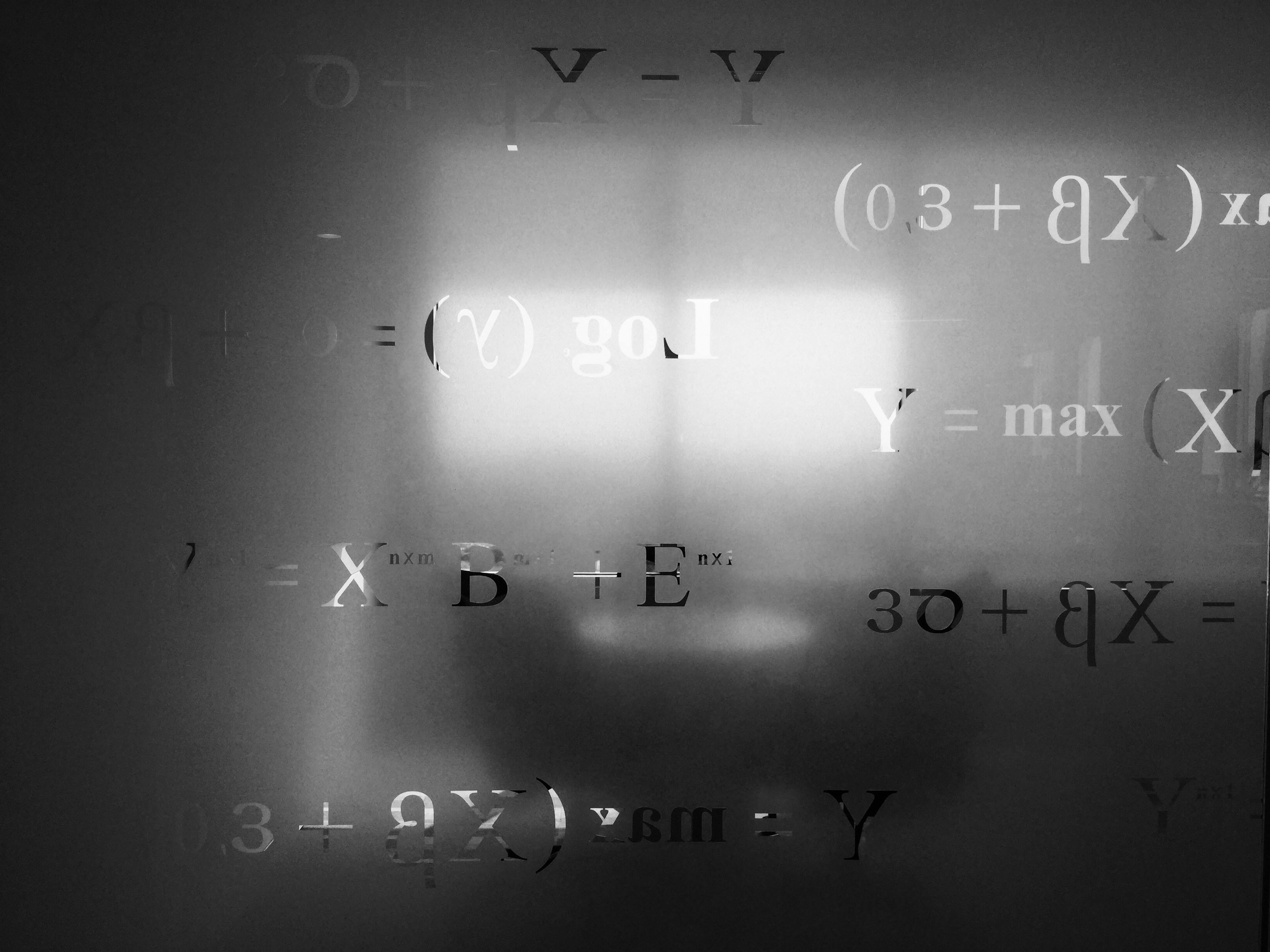
"Essentially all programming environments provide a mechanism for generating statistical random numbers that traces back through C to Research Unix Third Edition (V3), which added a pair of functions: srand and rand."
"On the contrary, hardware designers work very hard to make sure computers run every program the same way every time. So when a program does need random numbers, that requires extra effort."
The article discusses Go 1.22's advancements in random number generation, particularly by integrating cryptographic randomness into the math/rand package. Traditionally, computers rely on deterministic processes for randomness, necessitating distinct sources for statistical and cryptographic randomness. Statistical randomness, primarily used in simulations and testing, often fails under scrutiny due to its predictable nature. In contrast, cryptographic randomness offers better unpredictability, critical for security. The update in Go 1.22 aims to streamline the generation process, ensuring fewer errors when developers mistakenly opt for lesser quality random numbers, ultimately enhancing overall program security and functionality.
Read at Hackernoon
Unable to calculate read time
Collection
[
|
...
]